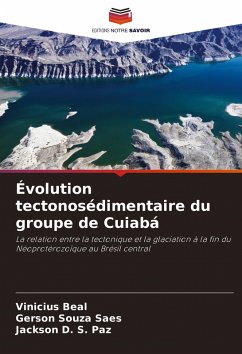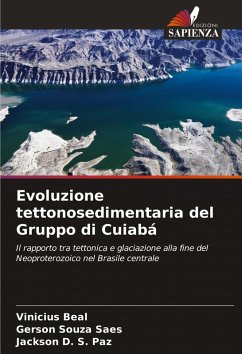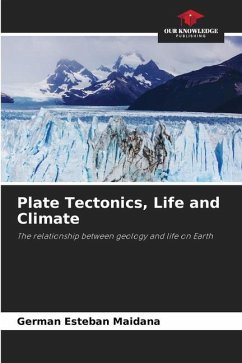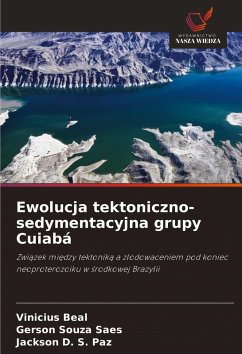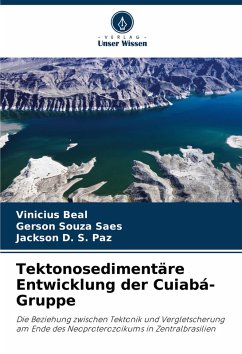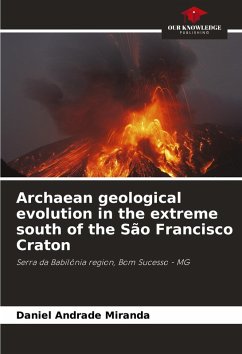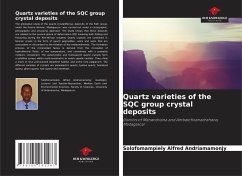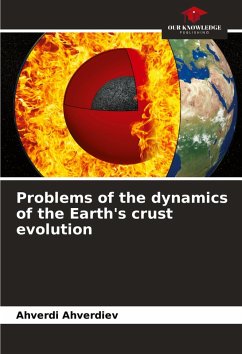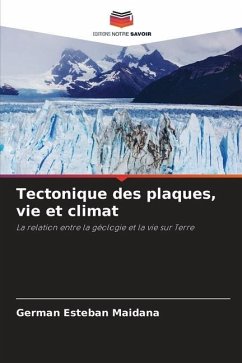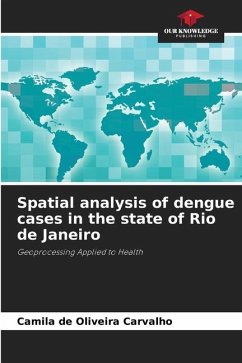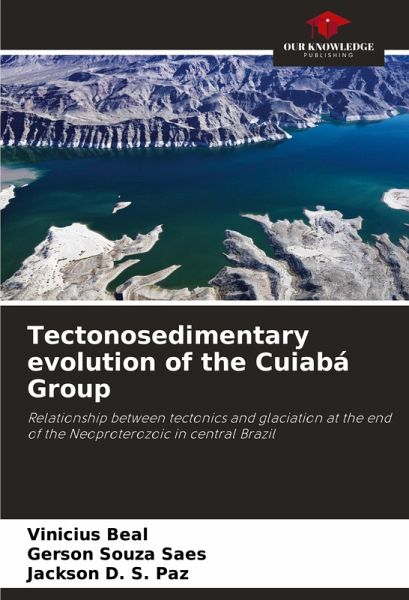
Tectonosedimentary evolution of the Cuiabá Group
Relationship between tectonics and glaciation at the end of the Neoproterozoic in central Brazil
Versandkostenfrei!
Versandfertig in 6-10 Tagen
16,99 €
inkl. MwSt.

PAYBACK Punkte
8 °P sammeln!
The Cuiabá Group is an important part of the evolution of Brazil during the Neoproterozoic, as it is not only sediment deposited in very varied environments, but also records an important event that resulted in the break-up and agglutination of two supercontinents, Rodinia and Gondwana, respectively. This book presents new information and interpretations of glacial records from the late Neoproterozoic. The influence of tectonics on the origin and distribution of sediments, ice masses and the characteristics of glacial deposits will be emphasized. Sequence stratigraphy techniques are applied t...
The Cuiabá Group is an important part of the evolution of Brazil during the Neoproterozoic, as it is not only sediment deposited in very varied environments, but also records an important event that resulted in the break-up and agglutination of two supercontinents, Rodinia and Gondwana, respectively. This book presents new information and interpretations of glacial records from the late Neoproterozoic. The influence of tectonics on the origin and distribution of sediments, ice masses and the characteristics of glacial deposits will be emphasized. Sequence stratigraphy techniques are applied to the tectono-glacial successions, with analogies of other regions that present a sedimentary pile similar to that found in the Cuiabá Group. Pre-glacial conditions, represented by dark pelites and the influence of icebergs are also discussed, as well as post-glacial deposits originating from the rapid retreat of the ice cap. These studies will help us understand the climatic and geological history of the late Neoproterozoic.



